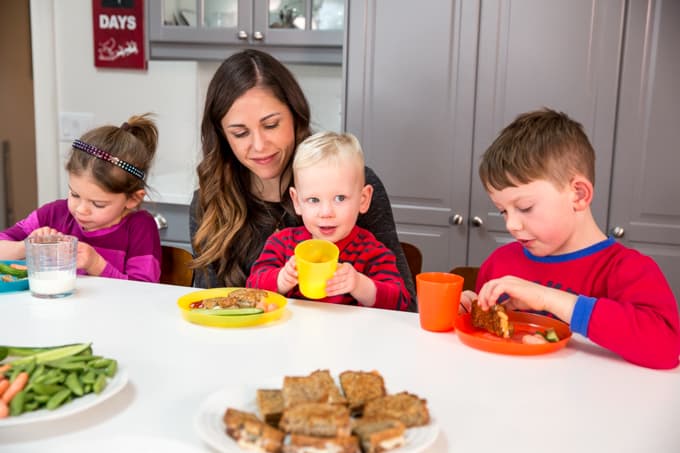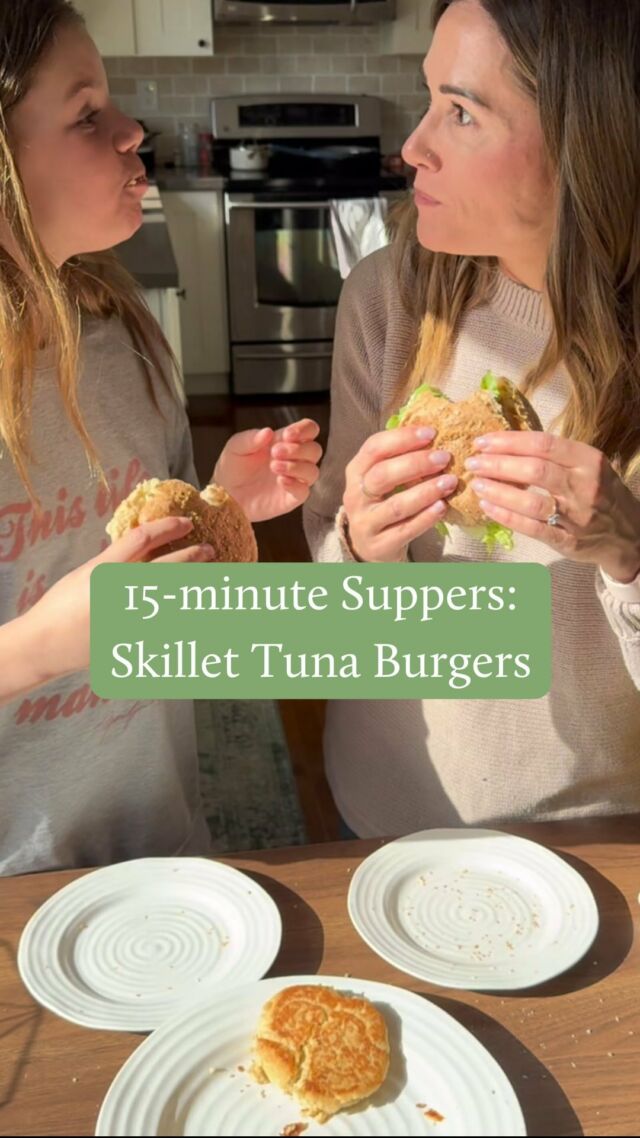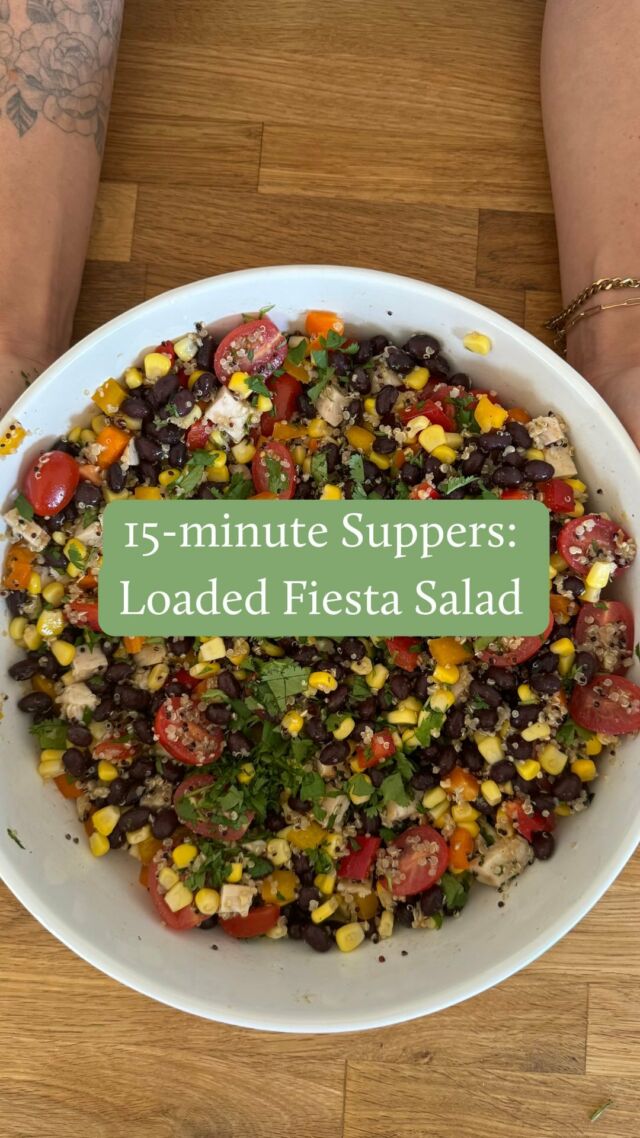Top 5 ways to support proper nutrition for your child when they are with a nanny or at daycare

Transitioning back to work can be emotional and stressful, and I’ll tell you first hand, finding good childcare can be super challenging. No one will ever care for your child the way you do, and their meals and snacks won’t look exactly the same (as much as we wish it did!). So, whatever your childcare situation is — nanny, a grandparent or a daycare–there will be new schedules, routines and feeding styles. To help you out, I want to share my top 5 tips on how to make the childcare feeding transition easier.
1. Do Your Homework
Finding childcare is tough, and it requires A LOT of homework. From endless waitlists to various teaching styles, finding the perfect caregiver can feel overwhelming. One thing to consider when making the choice is nutrition and feeding. After all, your child may now be spending most of their day with their nanny or at their daycare. Throughout your search, make sure to ask a few important questions such as:
- What will meals and snacks consist of?
- Are the meals homemade or overly processed/store-bought?
- Has the menu been created/approved by a Registered Dietitian?
- What kind of feeding style do the caregivers use? eg. spoon-feeding / one-bite rule, relaxed, independent, or the Division of Responsibility in Feeding (Ellyn Satter’s model)?
This will give you a really good idea of whether or not their feeding styles align with your own.

2. Decide What You Can Let Go
Ask yourself what you’re willing to compromise on. Maybe you care more about what types of foods are served, versus how and where meals are served. Or maybe you have a really selective or anxious eater, and the feeding dynamics are more important. Every situation (and kid) is different, so it’s important that you recognize your top concerns and values and then choose childcare accordingly. Ultimately, it’s completely up to you!

3. Help Them Out
If you decide to hire an at-home caregiver, it’s not a bad idea to provide them with a list of easy meal and snack ideas that you feel good about. To make things a bit easier, feel free to download and print these free printables to help your in-home caregiver with meals and snacks:
- Meal and Snack Ideas
- The Ultimate Healthy Snack List
- 13 Easy Weeknight Suppers
- School Lunching Packing Guide
- Mealtime Boundaries Checklist
Also, some daycares or day homes will actually hire registered dietitians to ensure balanced, nutritious meals and healthy feeding practices. This is something that you can suggest if they haven’t done so already.

4. Maximize Nutrition At Home
If you know that the food situation at daycare or with the nanny isn’t the best (and this is something you were willing to let go), make sure that you’re being diligent about providing a nice variety of nutritious foods when the kids are eating at home. Practice the Division of Responsibility, and don’t pressure or coax your kids to eat, but make sure that you’re offering lots of nutrient-dense whole foods at their meals and snacks.

5. Breathe Easy Knowing This
Bottom line – what matters most is what happens at YOUR family table. Even if you don’t 100% agree with the types of foods or the way they are served by your childcare provider, your kids will learn the most valuable eating lessons at home with you. For more guidance, check out my top 5 tips for helping your kids develop a healthy relationship with food and my top 10 easy weeknight dinners!









Comments
Purefun says
This is a great guide for parents as well as students, to ensure that child eats well. I am gonna share this with purefun parents. They will find it useful!